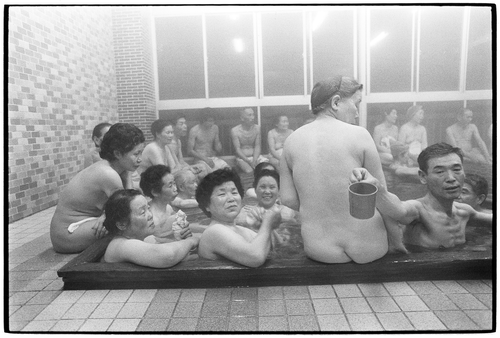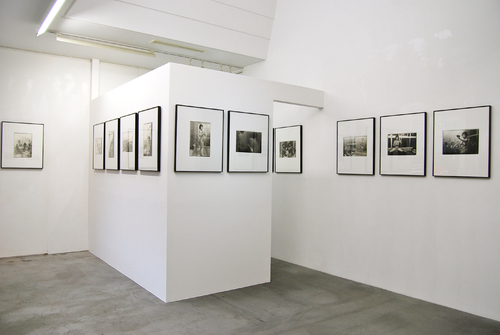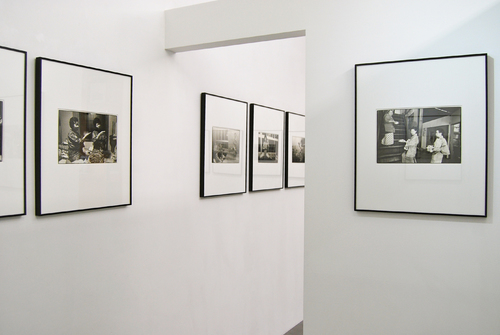Shoko Hashimoto "Nishiyama Onsen"
Nishiyama Onsen was packed with pleasure trippers.
This healing hot spring in the far western part of Hayakawa, Minamikoma District in Yamanashi Prefecture in 1974 was a two hour bus ride from Minobu up into the Hayakawa tributary of the Fuji River. People would come from nearby Yamanashi and Shizuoka, but also parties of local ladies returning from homes in the suburbs of Tokyo and Saitama and groups of local men, staying for 10, 20 days or sometimes a month of care or treatment, in long-stay self catering.
Each year would see familiar faces come back to bathe, to sing, to dance and to eat and live together. I often used to visit onsen nearby Lake Tazawa in Aomori, including Tsuru-no-yu, Tae-no-yu, Kuro-yu, also Nyuto-onsenkyo in Akita and Dai-yu and Tochiomata in Niigata. Far removed from any daily routine. In spring I would draw on the vigor from the mountain plants; in winter I would walk in snowshoes on the Lake Tazawa plateau and sip drops of water melting from the pine trees in the morning sun.
Hearing of Nishiyama Onsen being fairly easily accessible from the Chuo Line out of Tokyo, I made my way there. It had a big bath with tiled walls inside a three storey wooden structure, and was packed with people taking their bath before bedtime. An empire of nakedness. In the morning bath an old lady lies on her belly enjoying the rising sun; after lunch in the bright sunshine a fat-bottomed madame sings “Oyoge-tai-yaki-kun”; a group of ladies belt out “A Woman’s Virtue” from “Tonosama Kings”. Bold battalions of butt-naked ladies in their 60s and 70s, youthful skin all dazzling white.
With a towel covering my camera, letting the lens acclimatize to the steamy atmosphere, I start my shoot!
“Hey you, photographer, sing us a song!” they say.
We get friendly after 2 or 3 days, I share a meal with them and get invited to their room for more celebrations. A week passed very quickly.
ーShoko Hashimoto
-
 Nishiyama Onsen, 1974, silver gelatin print © Shoko Hashimoto
Nishiyama Onsen, 1974, silver gelatin print © Shoko Hashimoto -
 Installation View of Shoko Hashimoto "Nishiyama Onsen"
Installation View of Shoko Hashimoto "Nishiyama Onsen" -


